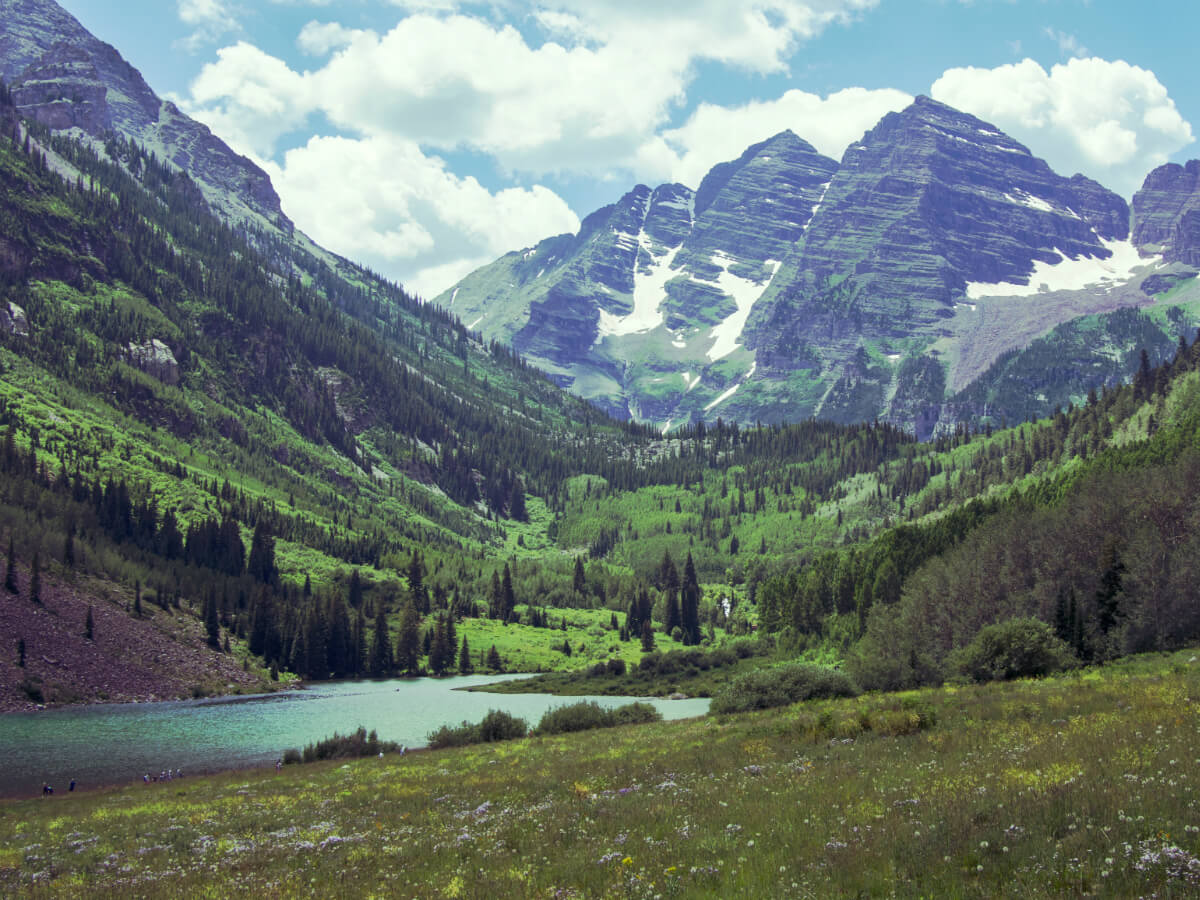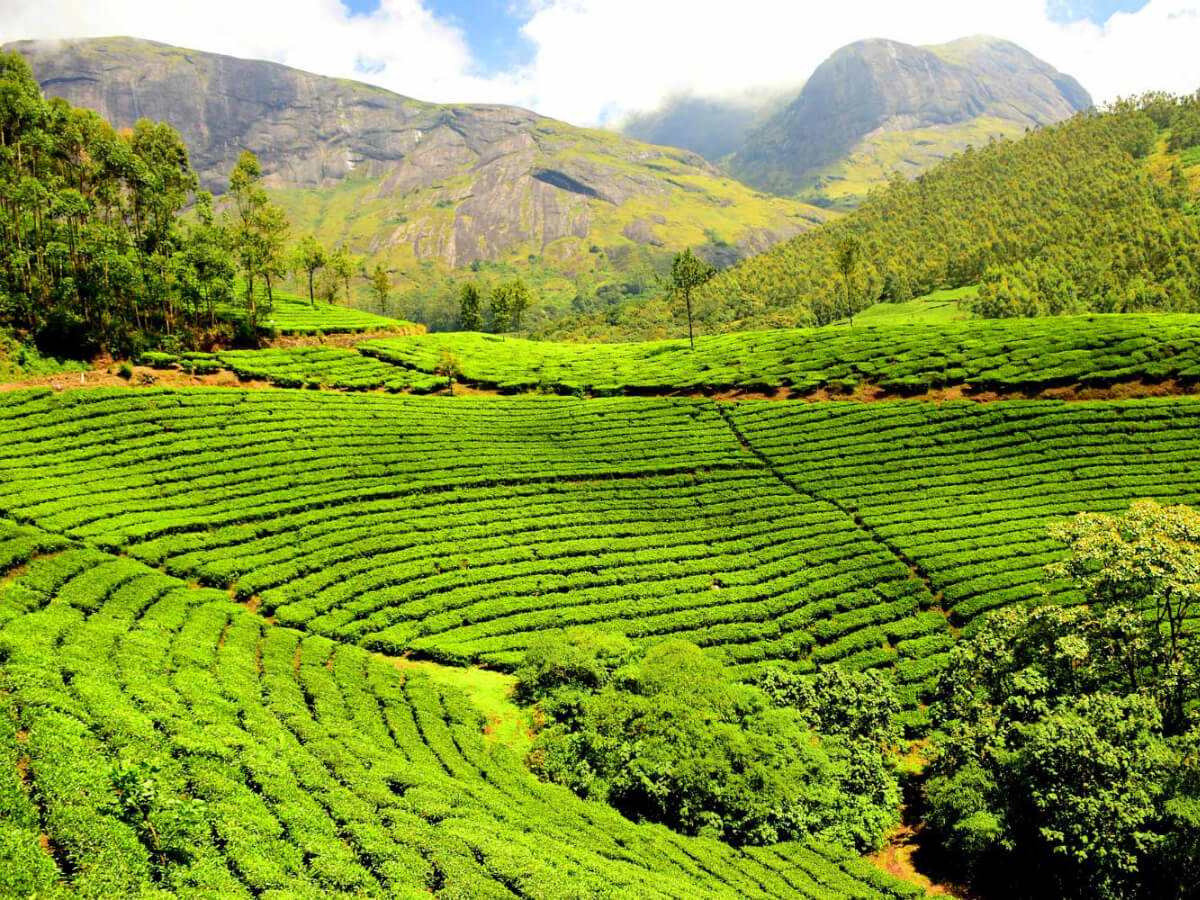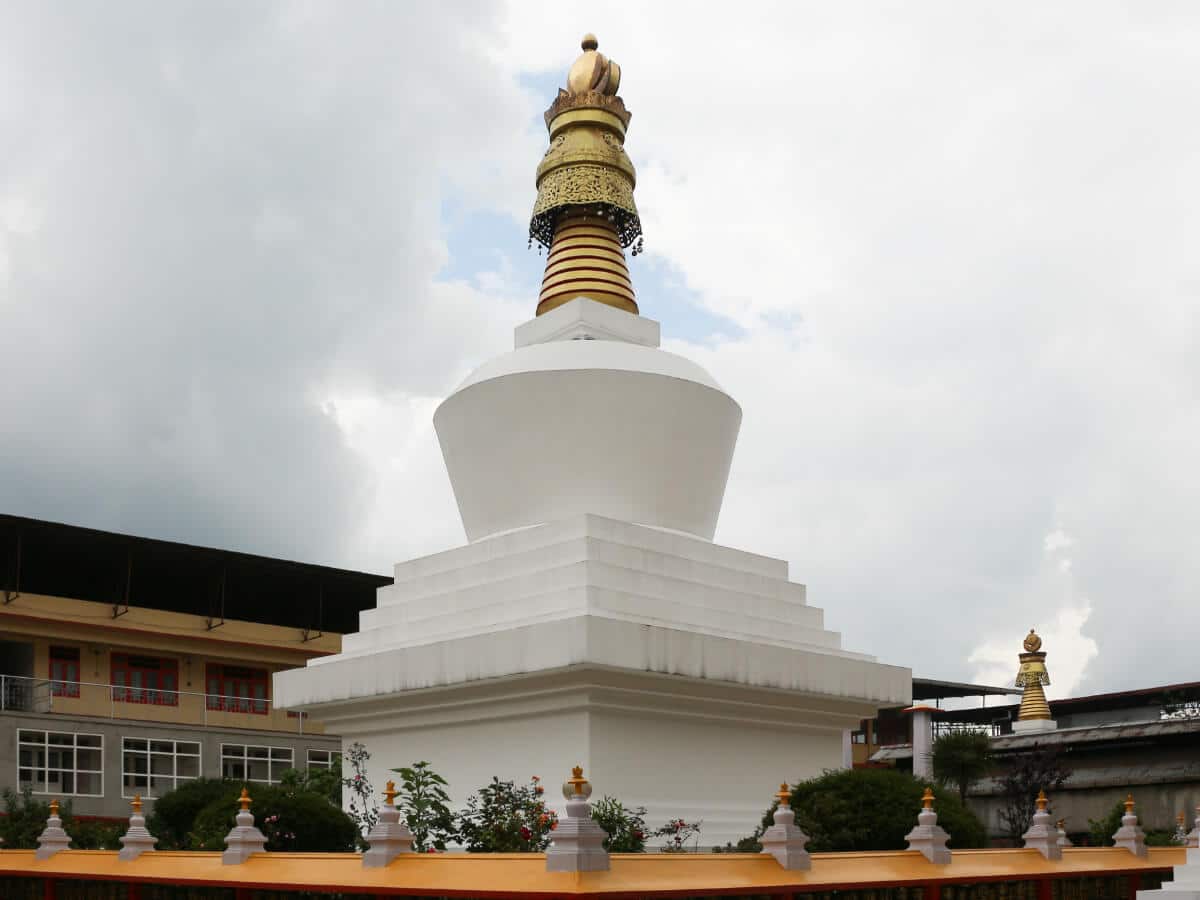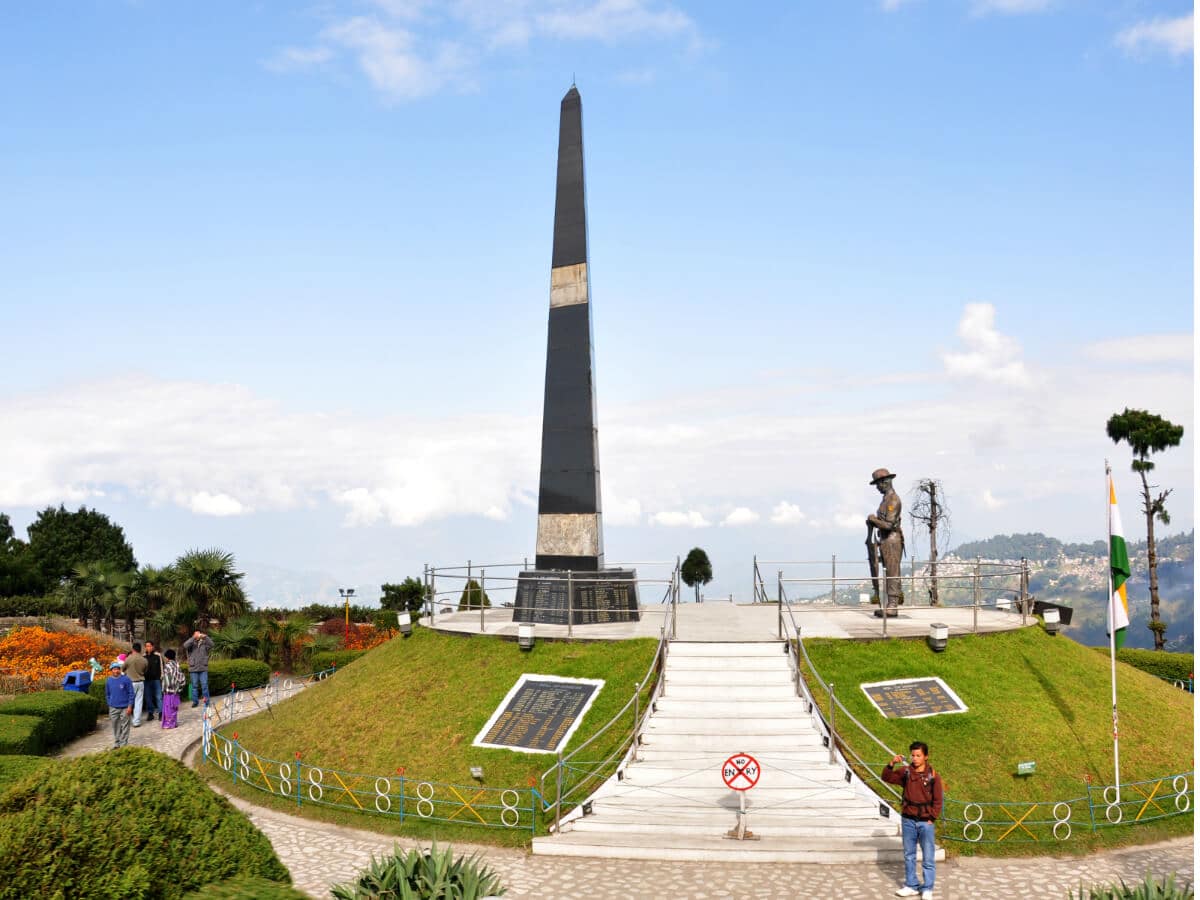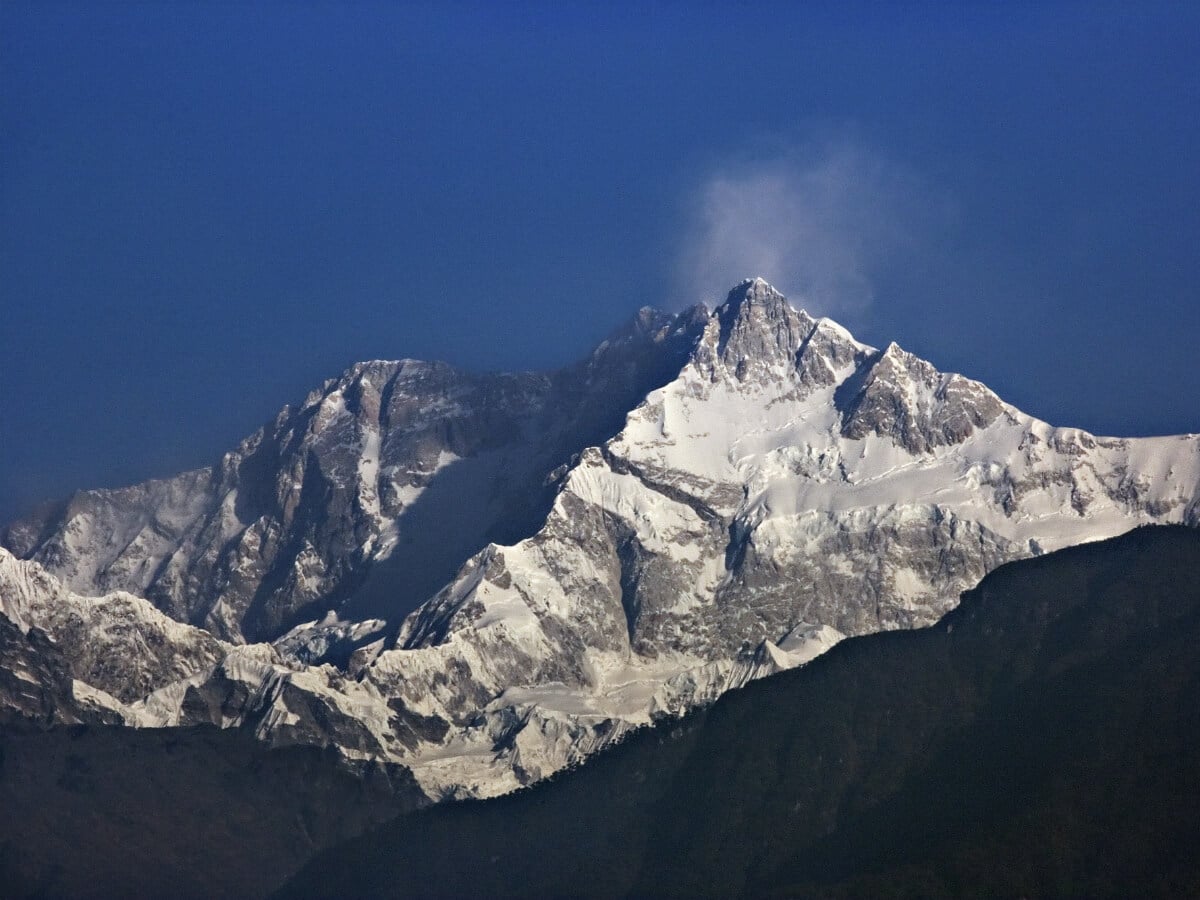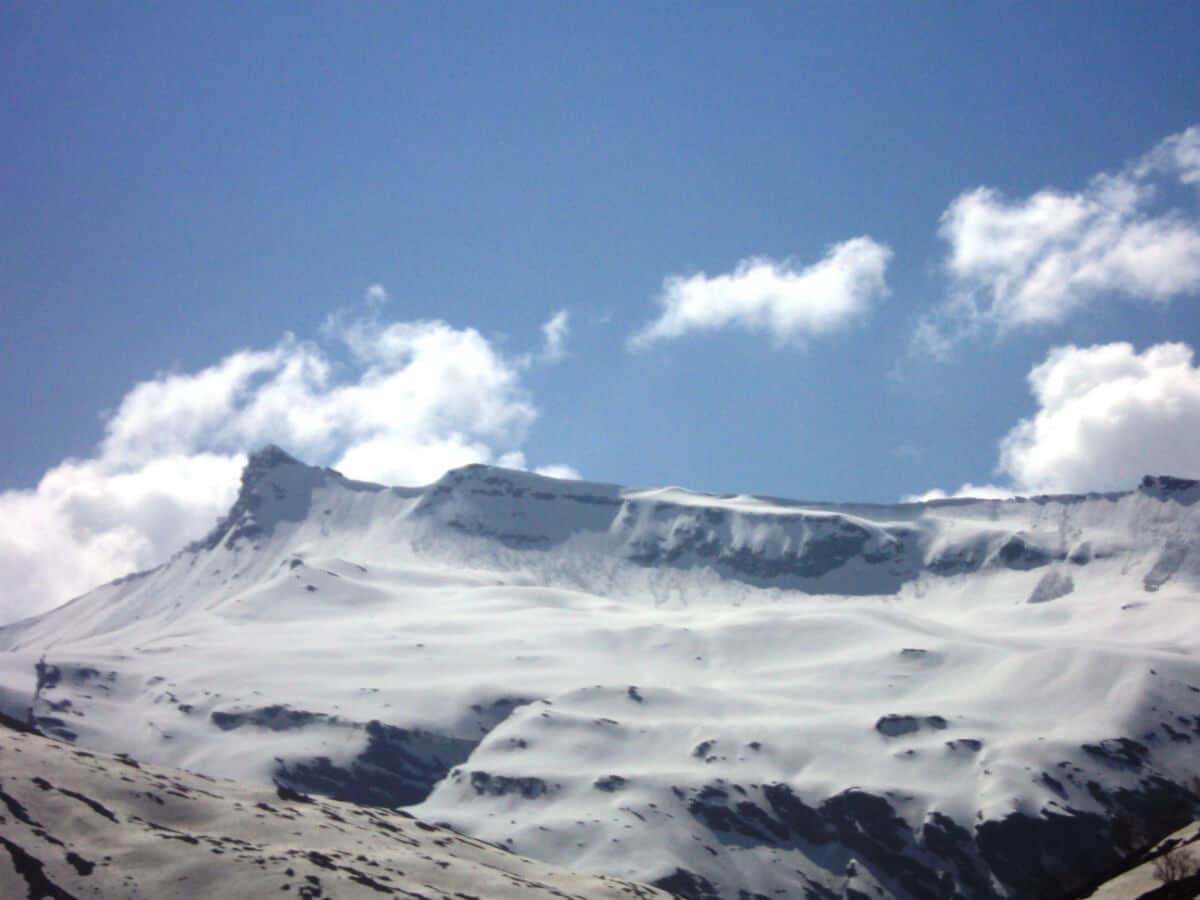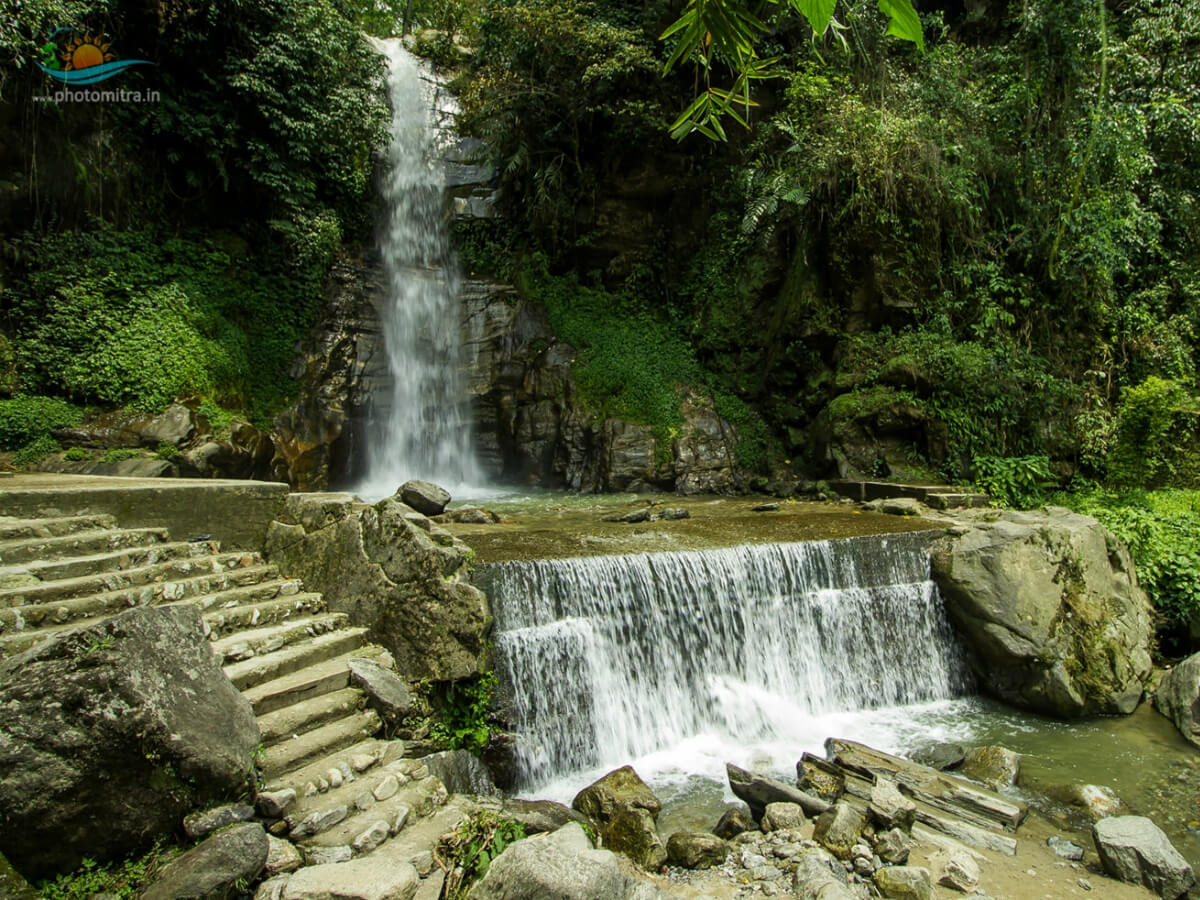Darjeeling offers you a mix of exciting sightseeing and adventurous activities, and with GT Holidays’ Darjeeling tour packages, you can do it all. Here are some of the best places to visit in Darjeeling and the outdoor adventures to embark upon:
Tiger Hill is undoubtedly one of the most significant tourist attractions in Darjeeling. When you visit the spot during sunrise, you can witness the peaks of Kanchenjunga being illuminated before the sun touches the lower elevations. This location is also famous as it offers visitors a spellbinding panoramic view of Mount Everest and Mount Kanchenjunga together. In fact, when viewed from Tiger Hill, Kanchenjunga appears taller than Mount Everest due to the Earth’s curvature. Standing at a height of 8,482 feet, it usually takes about 45 minutes to an hour to reach the hilltop. Tiger Hill is also the summit of Ghoom, which is the highest railway station in the Darjeeling Himalayan Railway.
The Batasia Loop in Darjeeling is a lush green toy train pathway which offers tourists a 360-degree view of the city, including the snow-clad peaks of the Eastern Himalayas. The best way to experience the Batasia Loop is to hop on a toy train from Darjeeling to Ghoom. There is a garden situated in the middle of the Batasia Loop, which is sprawled over an area of 50,000 square feet and is filled with grass, shrubs, and seasonal flowers. You will also find a War Memorial in the middle of the loop, which was built in honour of the Gorkha soldiers who lost their lives for their country.
The Padmaja Naidu Himalayan Zoological Park, also known as Darjeeling Zoo, is a significant wildlife conservation centre. The park is named after Padmaja Naidu, who was the daughter of Sarojini Naidu and the 4th Governor of West Bengal. Established in 1958, it was built to conserve the endangered wildlife of the Himalayas. It’s among the few conservation centres in India that specialise in breeding rare species, such as the snow leopard, red panda, and Himalayan wolf. Situated at a height of 7,000 feet, it’s the largest high-altitude zoo in the country. Spread over an area of about 68 acres, the park is home to animals like sambar deer, red jungle fowl, blue sheep, Himalayan tahr, and the Royal Bengal Tiger.
The Peace Pagoda, also known as Shanti Stupa, is one of the peace pagodas that was established to promote harmony and unity among people of different backgrounds. Nichidatsu Fujii, who was a Japanese Buddhist monk, established the peace pagoda as a result of his meeting with Mahatma Gandhi in 1931. The foundation for the peace pagoda was laid in November 1972 and the inauguration took place in November 1992. Standing 28.5 metres tall, it’s the tallest free-standing structure in Darjeeling.
Ghoom Monastery, also known as Yiga Choeling Monastery, was established by Sokpo Sherab Gyatso in 1850. Situated about 8 km away from the centre of Darjeeling, there is a 15-foot statue of Maitreya Buddha located in the central hall of the Ghoom Monastery. It was imported from Tibet and is made entirely of clay. The Buddha statue is a symbolic representation of the Future Buddha, also known as Gwalwa Shampa. Within the Ghoom Monastery, you will come across images of several Buddha deities and lamas.
The Happy Valley Tea Estate is a tea garden in Darjeeling and is known to be the region’s second-oldest tea estate. A British planter named David Wilson established the tea estate in 1854, which is why it was once called Wilson Tea Estate. The name of the tea garden was changed to its present name when a man named Tarapada Banerjee bought it in 1929 and merged it with the nearby Windsor Tea Estate. It is spread over an area of 440 acres and perched at an altitude of 2,100 metres. If you’re a tea lover, then visiting this place is a must, as it offers an insight into the making of the internationally renowned Darjeeling tea. Seeing the tea pickers hard at work is truly a unique sight.
The Darjeeling Himalayan Railway, which is popularly known as the Toy Train, is a gauge railway that’s two feet narrow and runs between Darjeeling and New Jalpaiguri. It is about 88 km long and was constructed between 1879 and 1881. The Darjeeling Himalayan Railway was declared a UNESCO World Heritage Site in 1999. The ride takes you through tea gardens, thick forests, and the endearing villages of Darjeeling.
The Darjeeling Ropeway, also known as the Rangeet Valley Passenger Cable Car, was established in 1968 and is the first cable car system in the country. Situated at an elevation of around 7,000 feet, the ropeway has 16 cable cars, each of which can accommodate six people. Lasting for about 45 minutes, the ropeway takes its passengers from 7,000 feet to 800 feet at Singla Bazar. The journey lets you feast your eyes on Darjeeling’s forests, tea plantations, serene rivers, and cascading waterfalls.
















